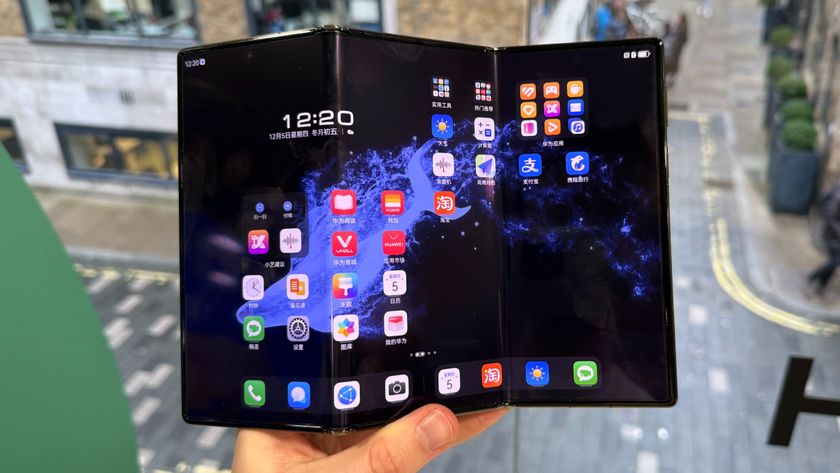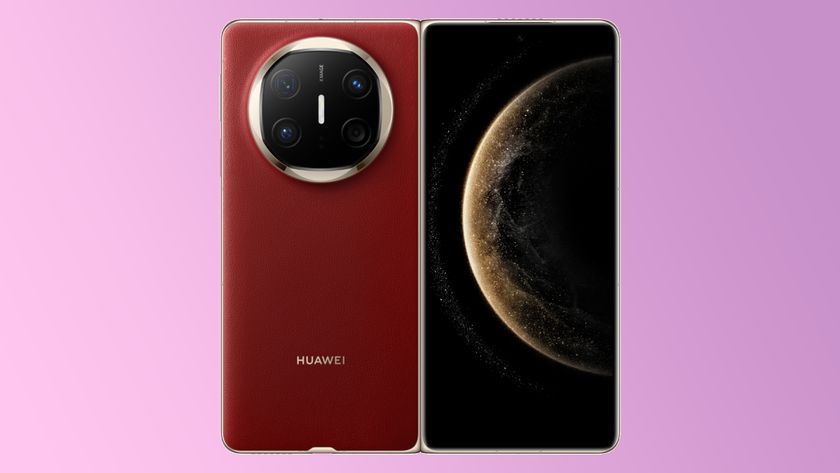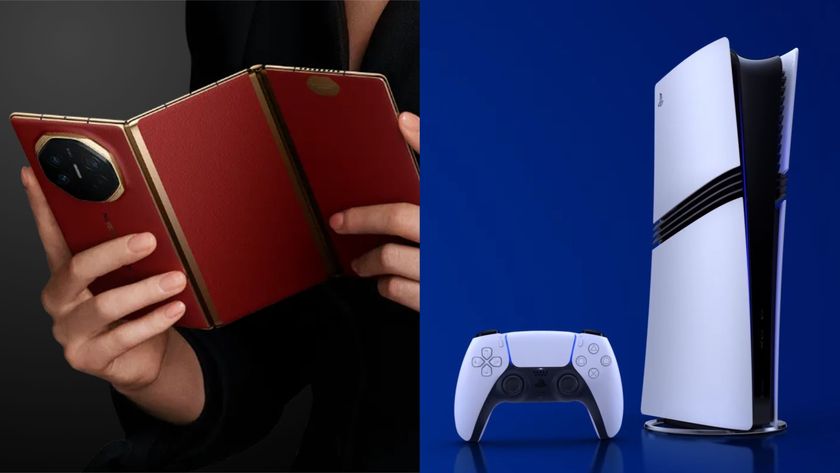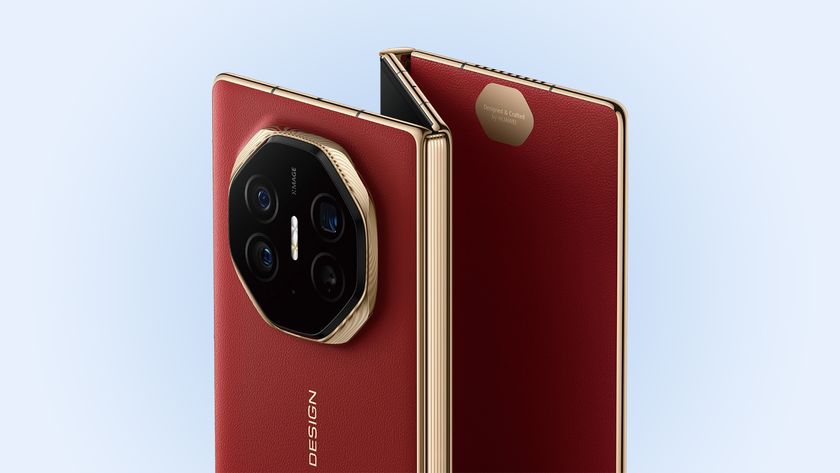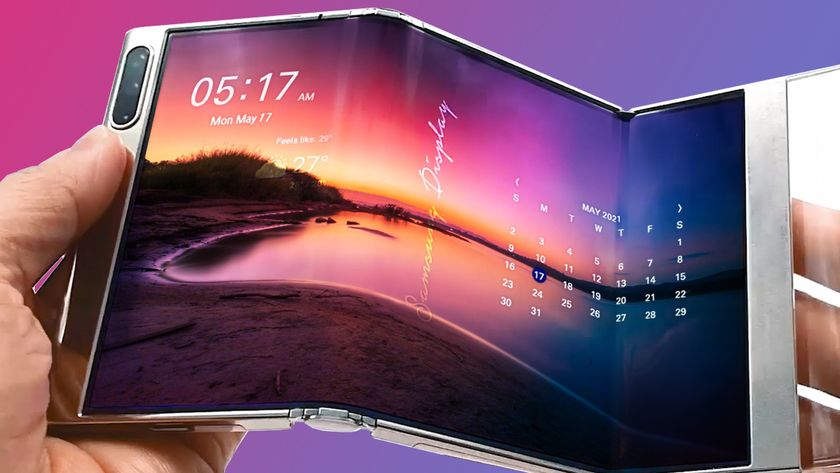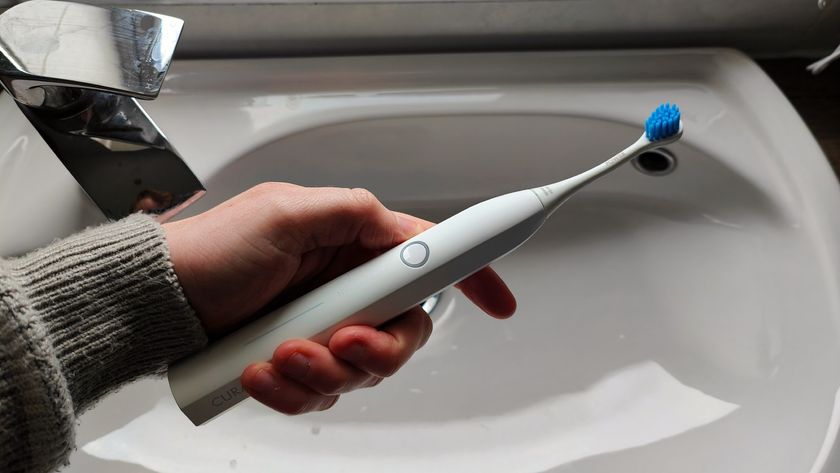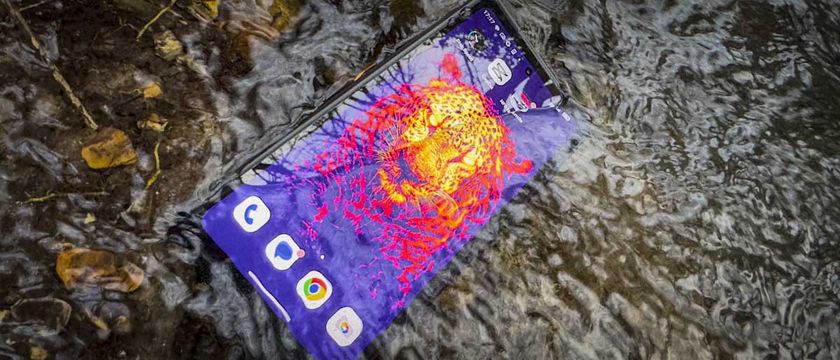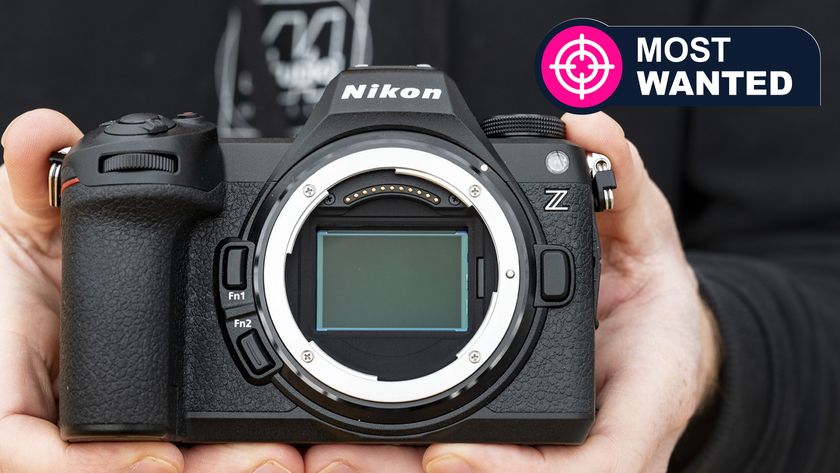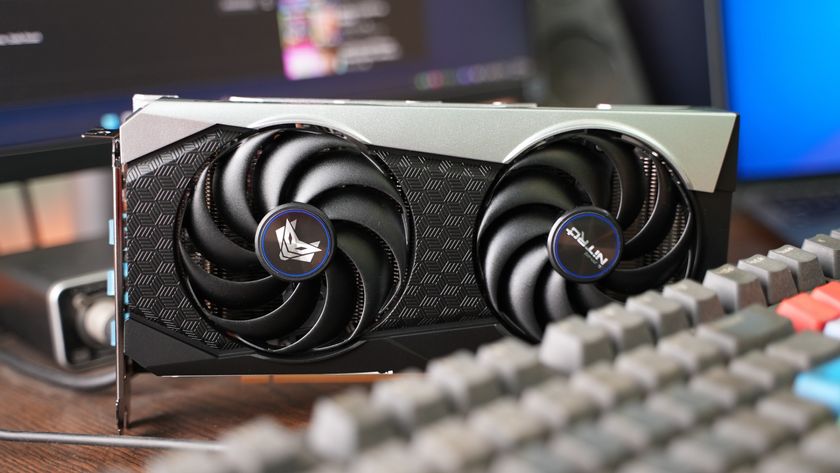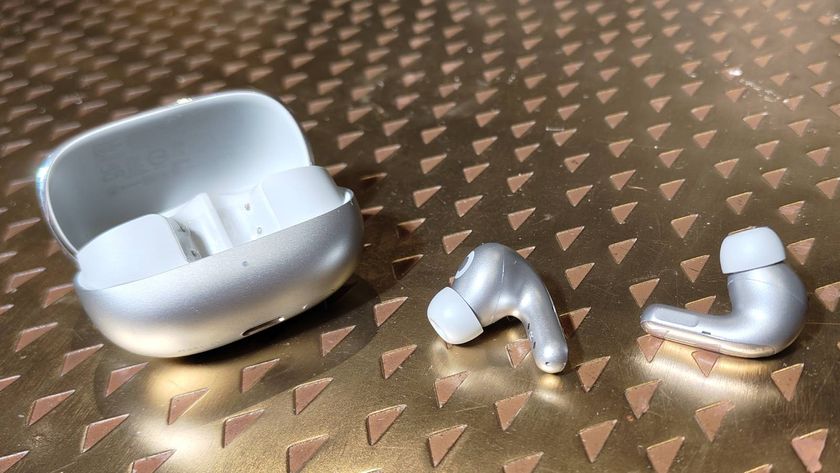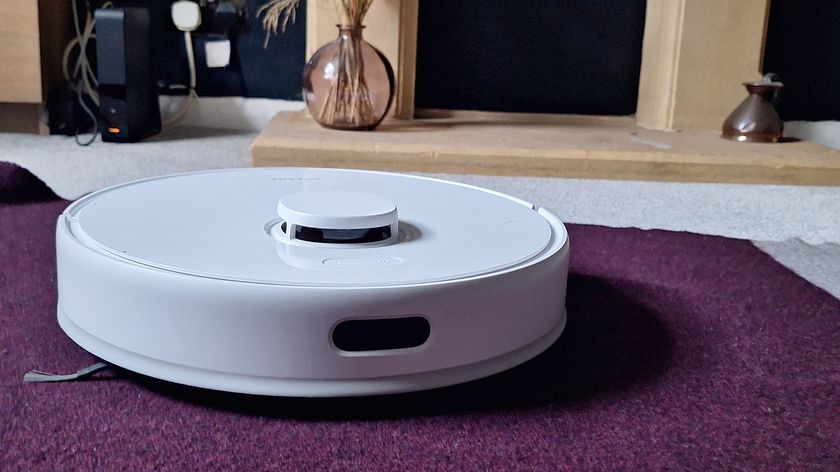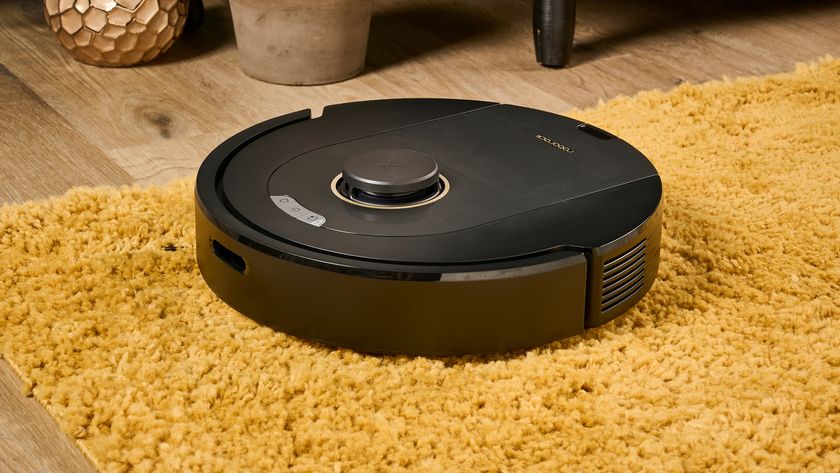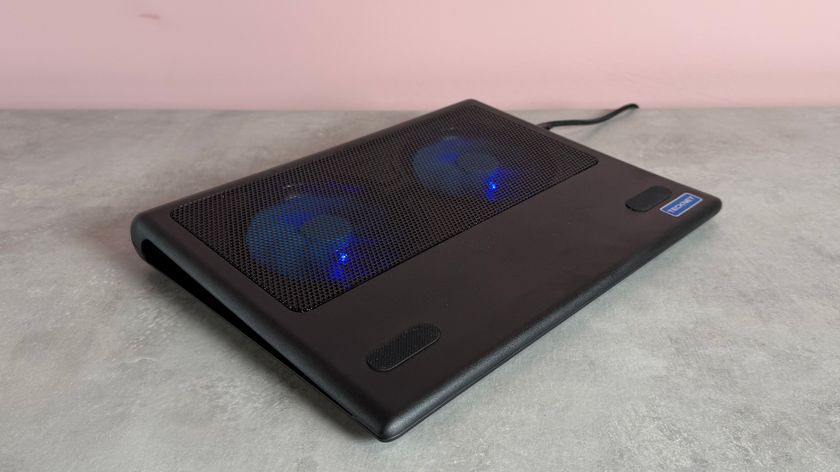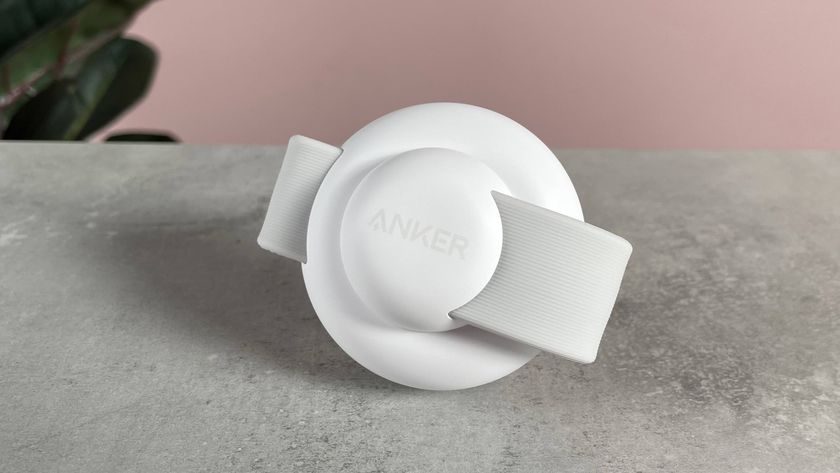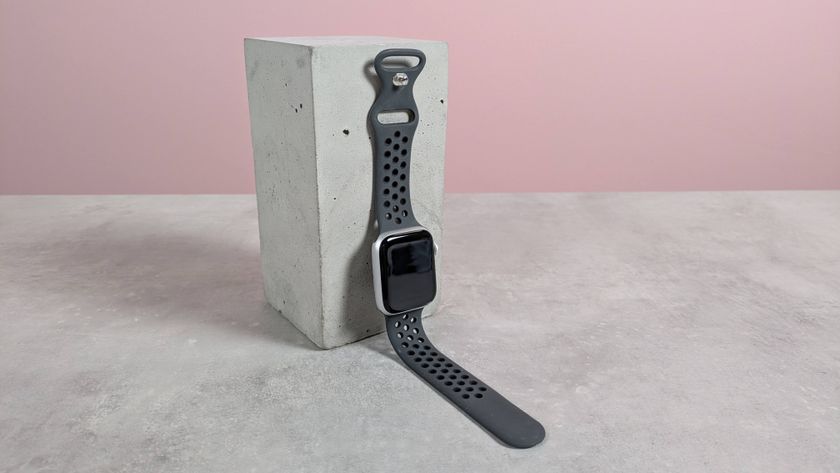TechRadar Verdict
Huawei's Mate 8 might not be one of the best known phablets on the market, but it offers solid specs at a more affordable price than its competitors. It's not without faults, but the Mate 8 is one of the best choices if you want a larger Android phone.
Pros
- +
Great fingerprint sensor
- +
Gorgeous large display
- +
Strong battery life
Cons
- -
Emotion UI overlay
- -
Fast charging cable not in the box
- -
Ugly speaker grill
Why you can trust TechRadar
Although Chinese manufacturer Huawei still can't claim much in the way of brand recognition, it's expanded its reputation in the US and UK with every release. That's down to the eternally appealing equation of more for less: the company offers high-end hardware at affordable prices.
The new Huawei Mate 8 is no exception. It offers the top-end spec you'd expect from a flagship phone, but at a lower price than the big competition like Samsung and Apple.
Following up on the Huawei Ascend Mate 7 that impressed us last year, the company has taken what it did right and eliminated a lot of the issues we had with that device. It's also wisely eliminated the Ascend name, so this time it's just called the Huawei Mate 8.

The Mate 8 launched in China at the end of last year, and Huawei announced at CES 2016 that both the UK and US will be getting the phone at the start of 2016.
The 32GB Huawei Mate 8 costs £429 (about $611, AU$876) in the UK and is so far the only version available in this market. That's even cheaper than Huawei's own Mate S.
Huawei hasn't updated us on the US or Australian release date or pricing yet.
Design
The Ascend Mate 7 excelled with its design, but a few little changes to for the Mate 8 formula has made it even better. It has a full metal uni-body design that comes in either gold, silver, grey or brown. We had the silver version for the review, but the gold looks particularly desirable.
The phone has a smooth back that looks like it could be slippery, but I had no issues at all in use. That's a surprise considering the size as well – it comes in at 157 x 80 x 7.9mm, so it's not a small phone. It has to fit in a 6-inch display, but the bezels have been trimmed down so far that the phone isn't that much larger than the screen itself.
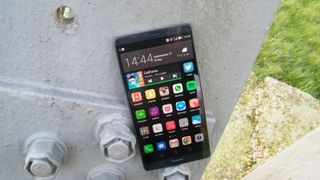
I'm impressed with how little bezel there is intruding on the Huawei Mate 8, especially on the sides. There are slim bezels across the top and bottom of the display, but these are useful for gripping the phone at the bottom, while the top one contains the front-facing camera and earpiece.
At the bottom edge of the phone is a speaker grate, which is one of the worst looking elements of the phone. I prefer manufacturers to hide this stuff away.
It makes the bottom edge of the phone look like it has just gotten into steampunk, which is not something I want from my phone. That's then surrounded by open screws that remind me this has all been put together in a factory and didn't just issue perfectly formed into the world.

The camera protrudes a little from the phone but not as noticeably as on the iPhone 6S, and you only notice it after really studying the back. Below the camera sits the fingerprint sensor that this time is round (it was a strange square on the Mate 7) and slightly indented, much like on the Huawei-made Nexus 6P. It looks great and is a conversation starter whenever other people are checking out the phone.
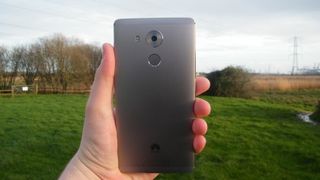
Having a fingerprint sensor on the back rather than the front or side does cause issues when the phone is lying flat on a table. But it feels like a natural position for your finger when holding a larger phone – it just might take some time to get used to if you're switching from an iPhone or non-Huawei Android device.
James is the Editor-in-Chief at Android Police. Previously, he was Senior Phones Editor for TechRadar, and he has covered smartphones and the mobile space for the best part of a decade bringing you news on all the big announcements from top manufacturers making mobile phones and other portable gadgets. James is often testing out and reviewing the latest and greatest mobile phones, smartwatches, tablets, virtual reality headsets, fitness trackers and more. He once fell over.
